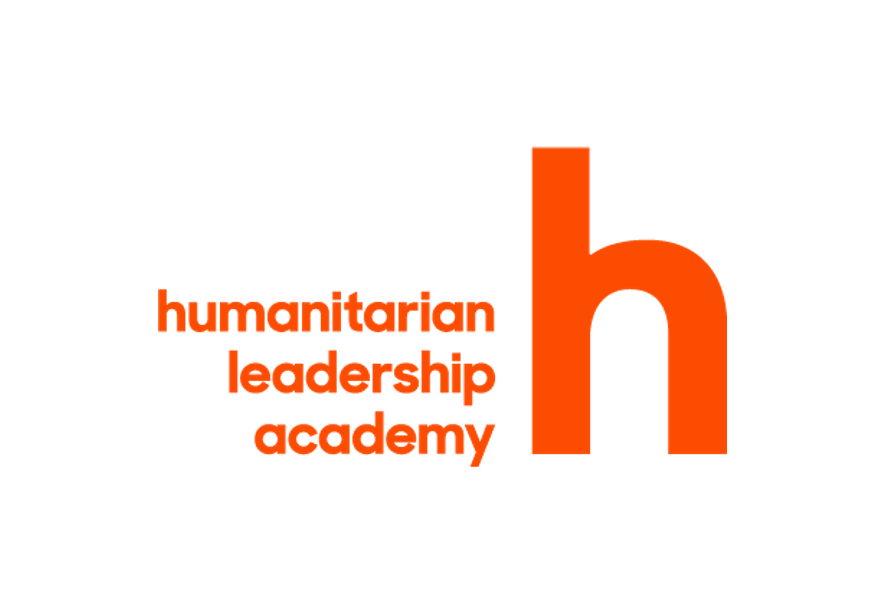Feedback and Response Mechanisms
I want to gather and respond to feedback from stakeholders...
What is it?
Feedback-and-response mechanisms (FRM) are two-way communications systems designed specifically to gather and respond to feedback from your project participants and other community stakeholders.
Effective FRMs are critical to project success and accountability. A strong FRM system helps teams collect information from stakeholders who are closest to field operations – and lets them adapt their plans and improve project implementation. FRM mechanisms promote accountability in the project by providing a mechanism to identify (and respond to) information requests, suggestions and complaints. FRMs also provide a channel for stakeholders to report sensitive issues related to protection, exploitation or fraud (and a process for the project to respond to these concerns).
FRM systems identify channels for receiving feedback from stakeholders (for example, via telephone hotlines, suggestion boxes, community meetings, text messaging, or email addresses) and channels for responding to feedback (for example, via public bulletin boards, flyers, radio segments or community meetings).
The design and implementation of FRMs is aided by the development of an FRM flowchart, which visually maps:
- How feedback will be collected (the specific feedback mechanism)
- Staff responsibilities for the receipt of feedback
- How feedback will be processed by staff, including the documentation of information
- How feedback will be used – both in decision-making and communication efforts and with regard to referral processes for sensitive and confidential feedback
- How teams will report back to stakeholders about the feedback that has been received.
How do I use it?
When designing FRMs, teams should consult with communities to identify their preferred means of feedback and response. It is helpful to design mechanisms based on what already works in the community and seek out existing mechanisms to build upon. Any decisions you make should be based on the local context. Consider issues related to literacy, cell-phone coverage and cultural communication norms.
In practice, most projects deploy a mix of FRM mechanisms. This helps the project solicit feedback from a variety of audiences. For example, some community members may be comfortable using a smartphone to send written feedback via SMS. Others, however, may not use smartphones and will need to provide feedback in a more traditional manner or even verbally. A mix of FRM mechanisms also allows teams to appropriately manage feedback regardless of whether it is sensitive or non-sensitive content. For example, while stakeholders might be willing to provide some feedback via a community meeting; more sensitive feedback is better shared via confidential or anonymous channels like suggestion boxes, one-on-one meetings, etc.
When do I use it?
The FRM system and its accompanying FRM flowchart should be created when you are planning your project MEAL system.
Implementation of the FRM system is an integral part of project implementation. Project teams need to consistently collect feedback and respond to stakeholders in a timely manner. Providing timely, thoughtful and meaningful responses to stakeholders shows the team’s commitment to participation and demonstrates true project accountability. All this, in turn, builds and maintains community trust in the system and in the project as a whole.
Tips:
Tip 1: Respond to all feedback received
It is important that teams respond to ALL feedback received. Appropriate responses vary depending on the type of feedback received and the situation. For example, an appropriate response could be simply acknowledging the feedback. Other kinds of response include information that answers questions or even an investigation into serious or sensitive complaints.
Tip 2: Create procedures for sensitive feedback
It is very important that your FRM system include procedures for how serious complaints will be referred out of the system for processing and confidentiality and then acted upon.
Tip 3: Coordinate
Remember to ensure that you incorporate your FRM into overall project implementation planning. This will make sure you have sufficient human resources and budget to implement your FRM properly.
Supported by:
Shared by:
Users are free to copy/redistribute and adapt/transform
for non-commercial purposes.
© 2022 All rights reserved.




